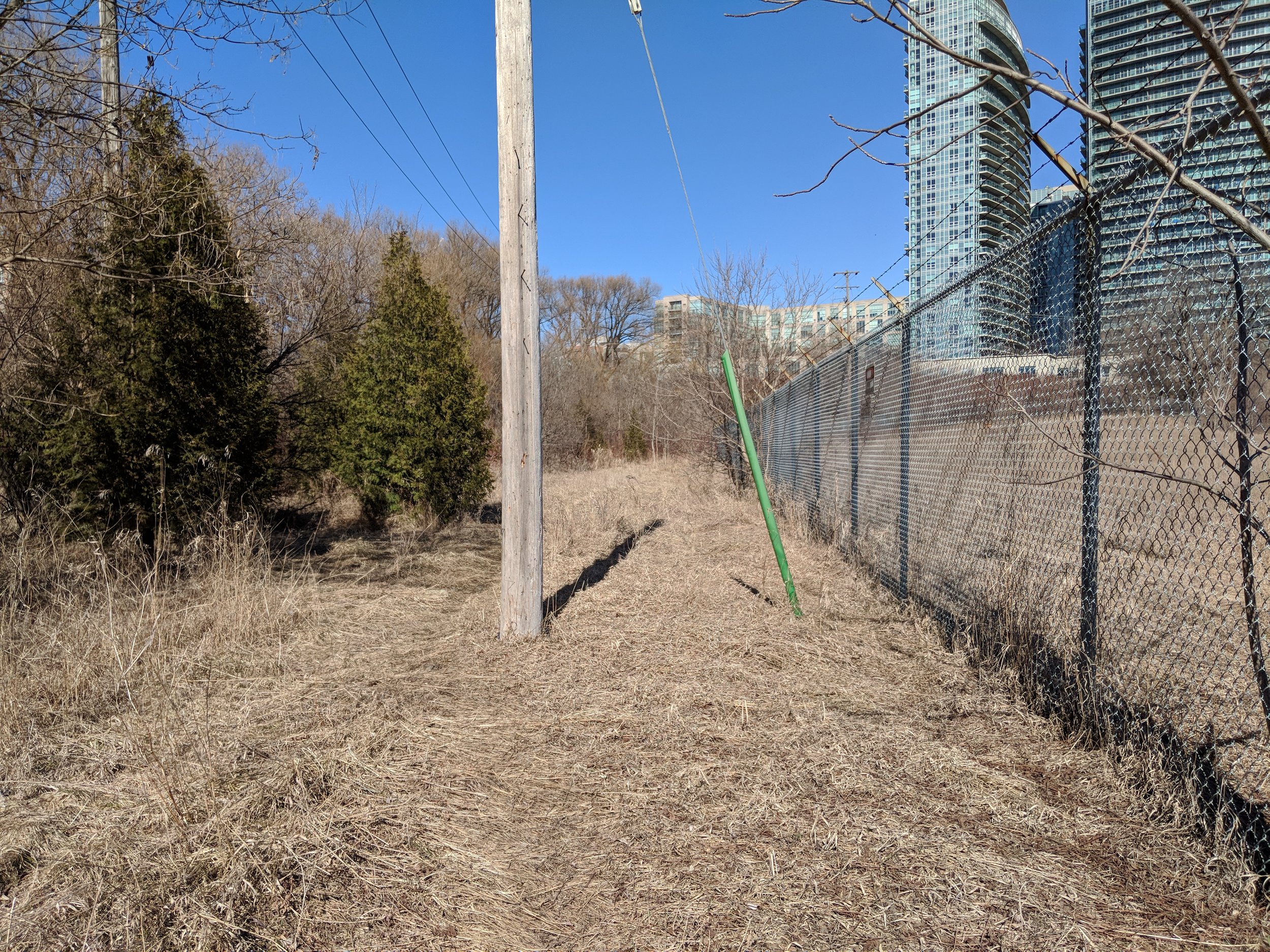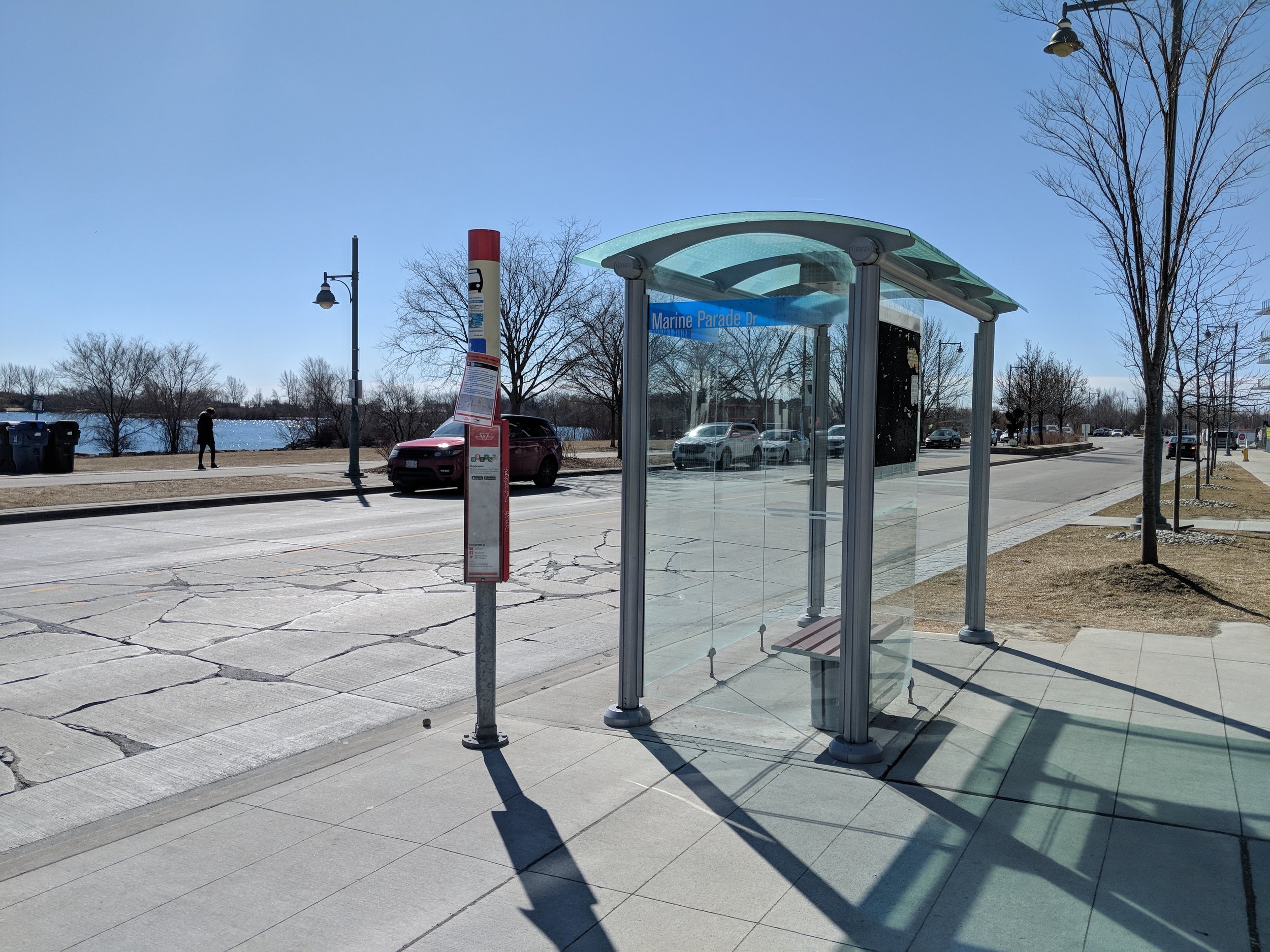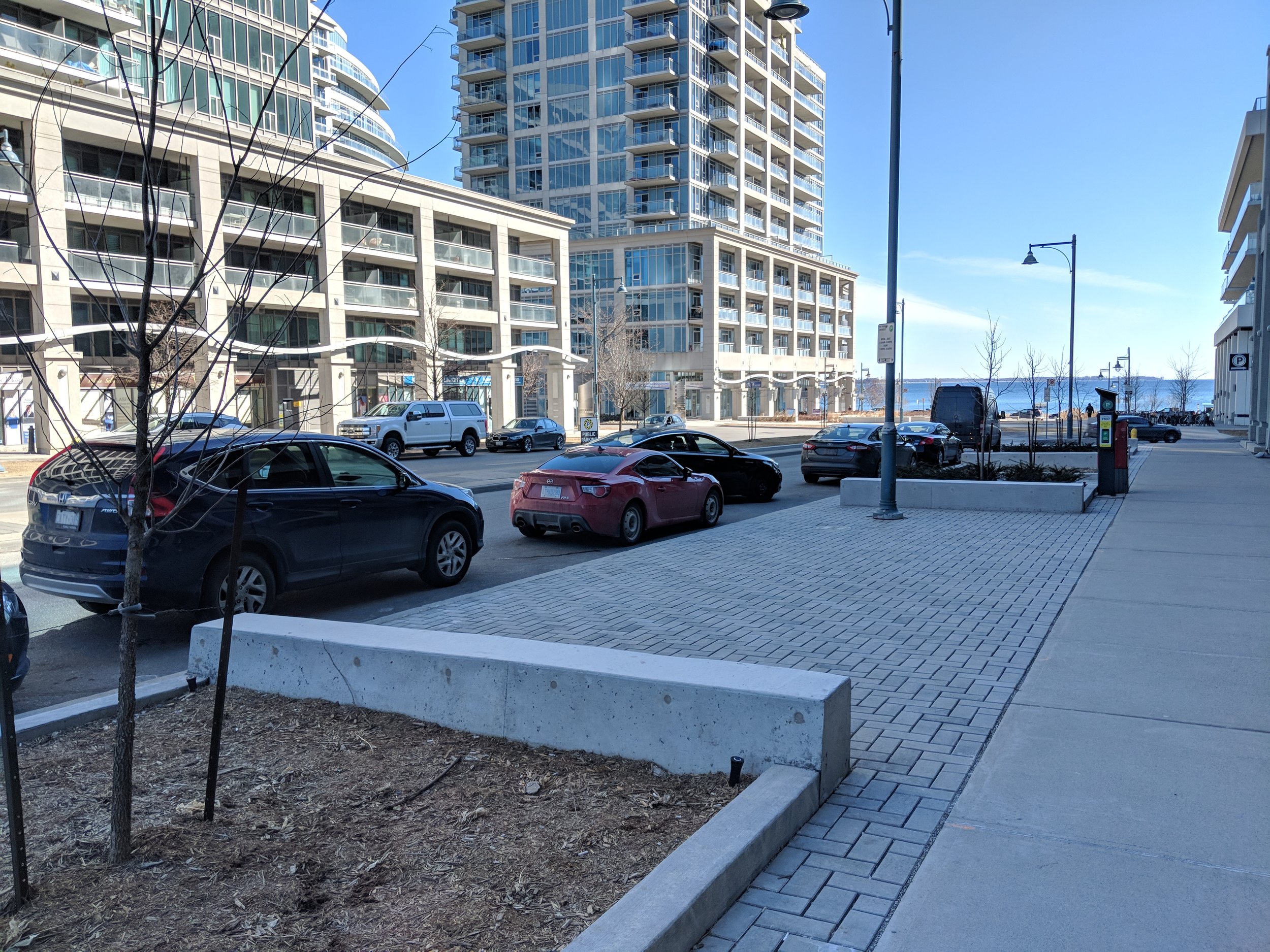Are the Xbox, PS4 and PC gamers paying attention? No? Okay. Let's talk about Google Stadia.
Image Source: Flickr user dronepicr
What is Stadia?
Unlike console and PC gaming, where the game is running on a device inside your house, Stadia is a cloud gaming platform where the games run on Google's servers. The inputs from the controller are sent to the cloud, and the visuals are sent back down to your screen in what is essentially a YouTube video. The benefit of this is that you can play AAA games on devices that have very little processing power.
The service comes in two flavours:
Stadia Pro is the paid tier, which costs $11.99 CAD per month and includes playback at up to 4K, HDR, 60 FPS, with up to 5.1 surround sound. As well, you get Destiny 2: The Collection included with the pro subscription, a voucher to get at least one "game of the month" for free (for December it was Tomb Raider: Definitive Edition and Farming Simulator 19 - yes, you read that right), and discounts on many other games.
Stadia Base is the free tier, and it includes playback at up to 1080p.
You might have noticed that Stadia Pro offers some free games and discounts on others. This hints at the fact that you'll have to buy all of the games you want to play. The refund policy is pretty generous (30 days or 2 hours of gameplay, whichever comes first), but Stadia isn't the Netflix of video games. Rather, it's like playing Xbox - except you're renting a console in the cloud instead of buying one outright.
Where can you play Stadia?
The beauty of Stadia is that you're able to play games on devices that you probably already own. At the time of writing, if you want to play on a TV then you'll need a Chromecast Ultra - but eventually you'll be able to play directly on an Android TV device like a smart TV or a streaming device (note: not all smart TVs are Android TV devices - some run Roku OS, Tizen, or WebOS - and not all Android streaming boxes are running the official Android TV operating system - some run a modified version of Android for phones. It's more complicated than it has to be, but the Chromecast Ultra is always an option).
At the time of writing, if you want to play on your phone you'll need a Pixel 2, 3, 3a, or 4 - but eventually you'll be able to play on any recent Android or iOS device. You're also able to play in the Chrome browser on Windows, Mac, or on a Chromebook. You might have noticed that I've said "eventually" twice. I'll come back to that.
The official Stadia controller uses Wi-Fi instead of Bluetooth to connect directly to the internet and reduce lag, but right now wireless play only works with the Chromecast Ultra. If you want to play on a phone or on a computer you'll need to use a USB cable, but eventually wireless play will be available on all devices. The Stadia controller has a built-in screenshot button so you can capture your maximum pwn4ge and share it from you phone immediately, and it has a Google Assistant button that lets you launch games with your voice, and ask the same questions you can ask your phone. Eventually you'll be able use the assistant to help you if you're stuck on a level. It will be smart enough to know where you are in the game, search YouTube for walkthroughs, and skip directly to the correct spot in the video.
That's two more "eventually”, if you're keeping score.
If you don't want to buy a Stadia controller you can use many USB controllers on a device with a USB port (or tough it out with Bluetooth if the controller supports it), or even use a keyboard and mouse on a computer.
Why did Google create this product?
As much as I live in their universe, I'm not a Google employee - so I can only speculate as to why they've brought this product to market:
1) Many industry players, including Microsoft, are working on cloud gaming. It's probably the future of gaming, though when we'll get there is anyone's guess. Google, given the power of their data centres, probably feels that they can deliver a competitive product in this space.
2) Google's business model means that they make more money when everyone consumes more internet. It's possible that Stadia is a tool to force internet service providers to improve speeds and remove data caps by making them look bad if they appear to be hindering a popular online platform.
3) Google is an ad company, and they serve you tailored ads based on what they know about you. Let me be clear: They don't sell your information to advertisers. Rather, they say to advertisers "If you give us your ad then we can target it to Caribbean-Canadian males, in the Toronto area, in their 30s, who like trains." Stadia lets them collect more data about you, which means they can command a higher ad price from the people who want to reach you.
How well does it work?
"Does cloud gaming even work?" is a legitimate question. Any lag in the system will make the game unplayable, and there are a million uncontrollable variables in the internet connection that Xbox and PlayStation gamers simply don't have to deal with for offline play. So, does it actually, in the real world, work?
Yes.
I've been mainly playing Destiny 2, which is a first-person shooter when you need fast reflexes - and the game runs great for hours on end. Even when someone is in the next room watching Netflix it continues to run fine. Now, we have a 35 Mbps Unlimited fibre connection, and an 802.11AC router - so my setup is probably faster than the average household. So, your mileage may vary. The minimum connection for 720p, 60 FPS, 2.0 stereo sound is 10 Mbps, while you need 35 Mbps for 4K, 60 FPS, HDR, 5.1 surround sound. We don't have a 4K TV (but Christmas is coming...) so I'm probably maxing out at 1080p on the Chromecast and slightly less than 2K on my Pixelbook. Still, it performs as advertised.
You can't play Stadia on LTE right now, and frankly, I think it would be irresponsible of Google if they allowed it. 1 hour uses almost 5 GB of data, which means two hours per month on my Rogers plan assuming I did nothing else with my phone that month. Honestly, I would strongly caution anyone who has a data cap on their internet plan from seriously considering this - though perhaps this supports the theory that Google is trying to shame ISPs for creating an artificial scarcity.
When can you buy Stadia?
Right now, if you want to play Stadia, you'll need to buy the Premier Edition for $169 CAD. This includes a Chromecast Ultra and a controller, as well as three months of Stadia Pro included. In February Stadia Base will become available, and you'll be able to buy a controller unbundled for $89 CAD. You can buy one unbundled now, but the minimum price of admission at the time of writing is the Premier Edition.
Who is Stadia for?
I don't subscribe to the idea that a gadget has to be for everyone to be good. The forthcoming $6,000 USD Apple Mac Pro and $5,000 USD Apple Pro Display XDR will be objectively amazing, but unless you're editing 8K video and colour correcting for feature films it will probably be overkill. Similarly, Stadia isn't for everyone - and that's okay.
If you're the type of person who is perfectly fine playing a few levels of Candy Crush on the subway to pass the time then Stadia isn't for you. If you're the type of person who builds your own gaming PC from parts purchased at six different College Street computer stores then Stadia isn't for you. But, if you want to play AAA games but don't feel like you can justify the expense of a console (because, like me, you feel like you're too busy to really make use of it), or you want to play AAA games but don't have a TV because you figure you can watch Netflix on your iPad if you really wanted to, then maybe Stadia might be for you. Stadia aims for the middle ground between casual and hardcore gamer, and it delivers something that works well for the those in its crosshairs.
Now, I said "eventually" no less than six times in this post and it's time to talk about that. Stadia is, as of early December 2019, really an open beta product. Many of the teased features are future additions, which makes it difficult for me to recommend without caveats. So, here's what I'll say:
If Stadia is for you, then I recommend that you wait until Stadia Base is available in February. Without a monthly fee the product becomes fairly easy to recommend, as the only cost will be the game you want to play, and a controller if you want the ability to play wirelessly or on a big screen TV - otherwise you can just use any USB controller. I would only recommend Stadia Pro if 4K 60 PFS, HDR and 5.1 Surround Sound is important to you; and if there are several games you want to buy and the discounts would be handy.
Those are my thoughts on Stadia, but if any hardcore gamers ask then we were talking about bricks.











